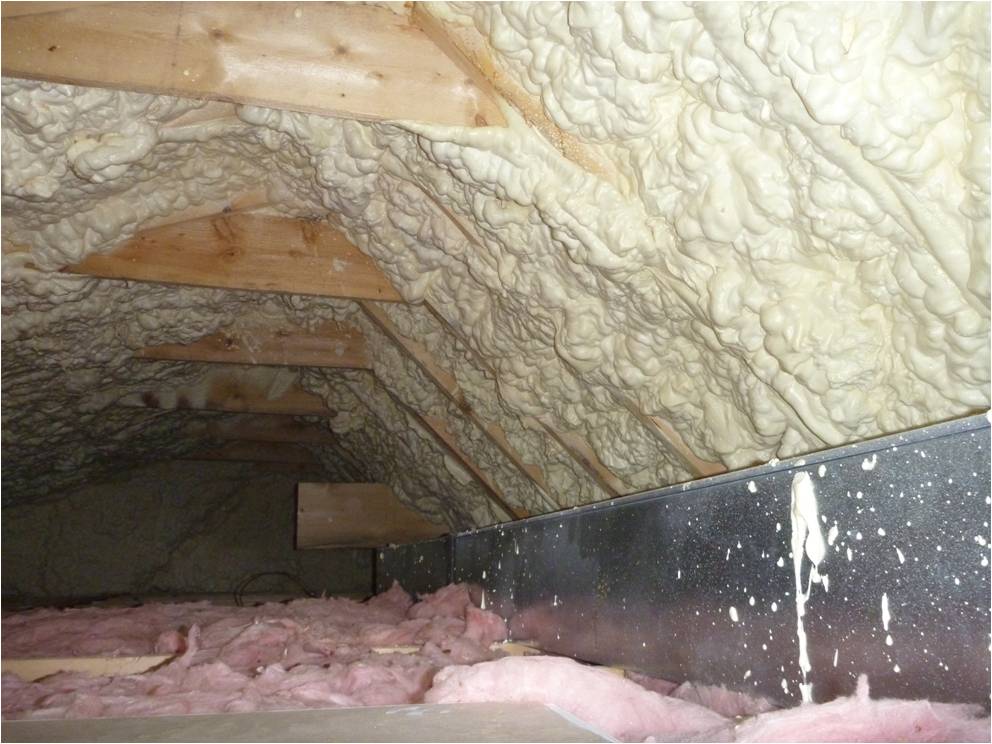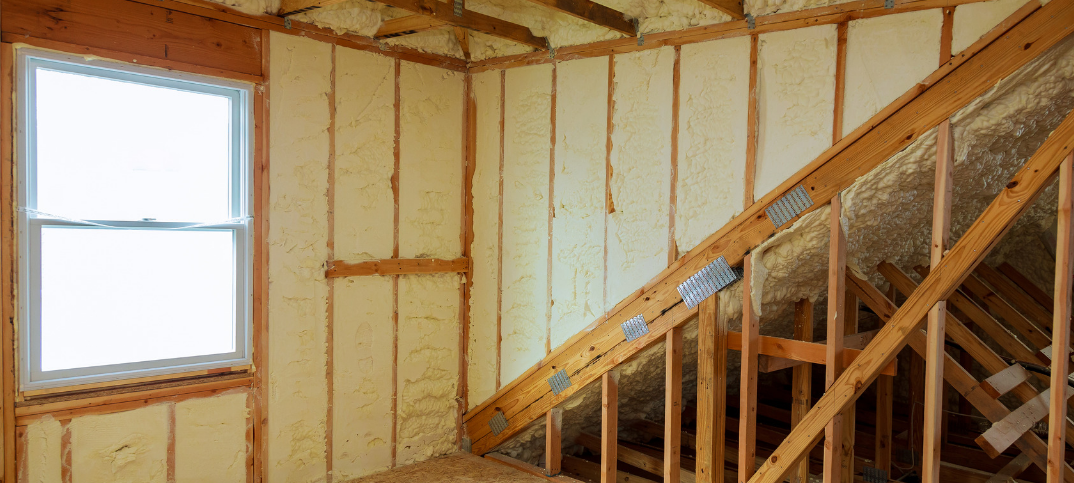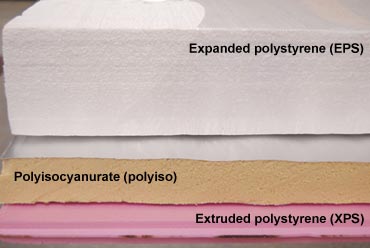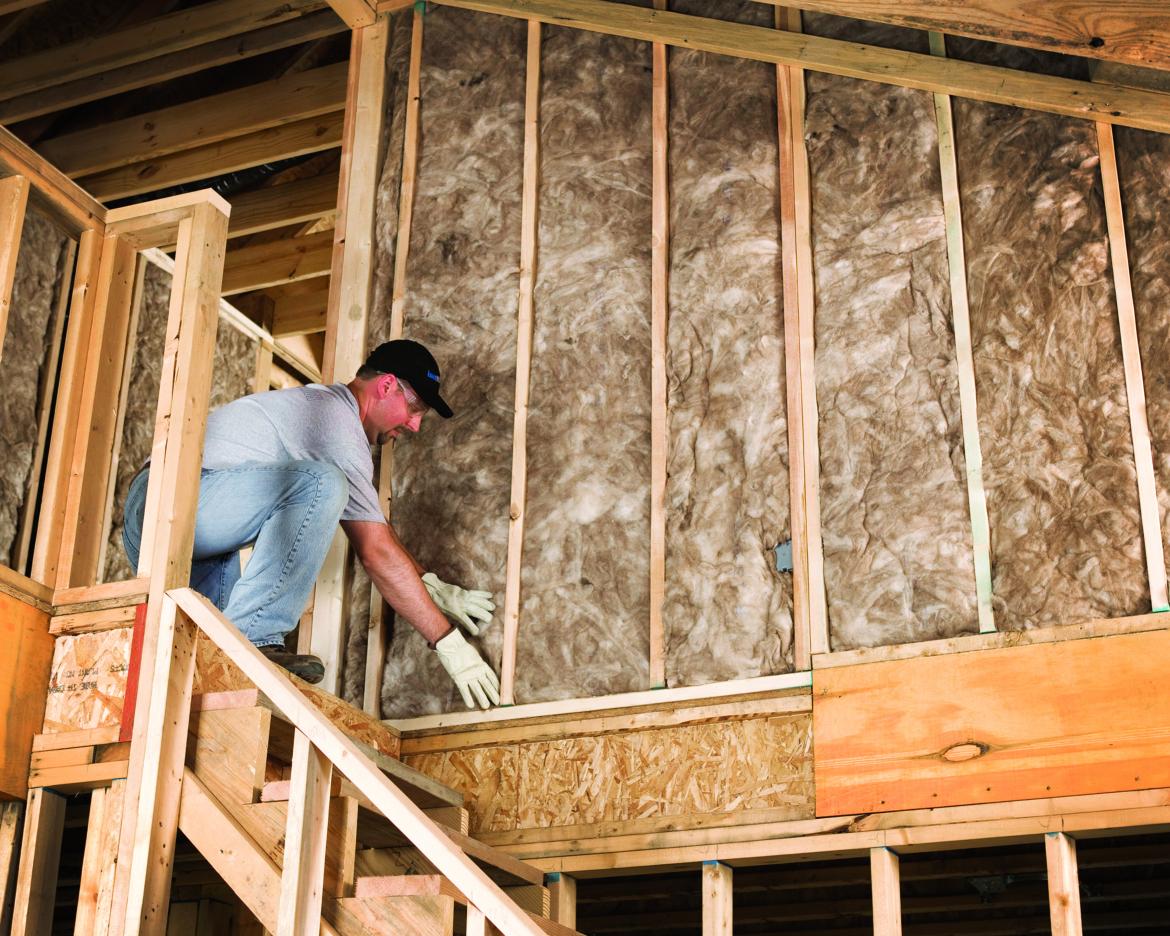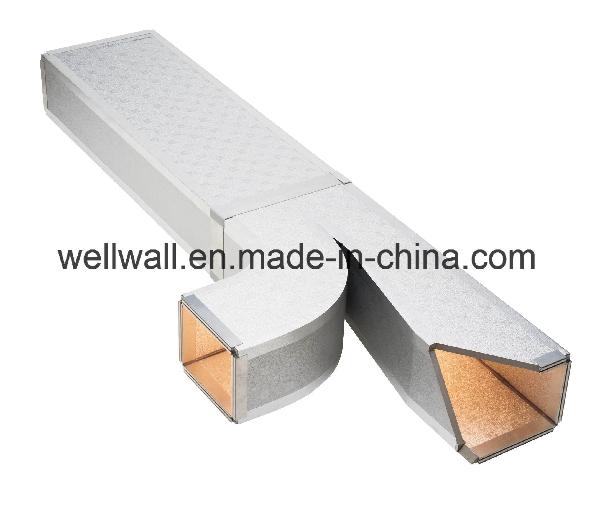The main problems with phenolic foams reported in the 1980 s were their relatively low compressive and flexural strength and their friability or tendency to crumble.
Phenolic foam roofing insulation problems.
Removal of existing roofing materials and insulation down to the deck.
If you have phenolic insulation in your roof you should be aware that it can cause severe.
The risks of phenolic foam insulation shrinkage.
Phenolic insulation exposed to humidity or direct moisture such as roof leaking creates sulphonic acid.
Spray polyurethane foam technology does not have a solid track record for commercial roofing.
The phenolic foam roof insulation turned out to have a critical flaw.
Phenolic foam insulation is known to shrink after curing placement in the walls of your home or between.
Phenolic foam rigid insulation was introduced in the u s.
Continual improvements in the formulations of phenolic foam board insulation products may overcome these drawbacks.
Spray foam roofing problems and myths answered.
It alleges that the phenolic foam roof insulation applied to two east coast buildings corroded the underlying steel deck and other metal components.
Beazer phenolic foam roof insulation was manufactured and shipped from 1980 through january 1989 for use as roof insulation.
When it was installed over a lightly primed painted metal deck any water in the roof system from above moisture from operations or humidity within the building activated chemicals in the phenolic foam which caused corrosion of the metal deck.
Pinhole or pitting corrosion problems are common with copper pipes steel water pipes and stainless steel steam pipes when insulated with phenolic foam and the pipework gets wet.
Briefly a phenolic foam remediation project demands these steps.
Hundreds of millions of square feet of phenolic foam produced in oak creek were installed on structures nationwide between 1981 and 1992 according to the companies.
Because a number of commercial roofing companies have installed this roof system poorly or incorrectly this misnomer is one of the greater misperceptions to emerge in the commercial roofing industry.
In a short amount of time this sulphonic acid corrodes both standard painted deck as well as galvanized deck.
Only a day s worth of work should be undertaken to avoid leaving the building vulnerable to the elements.







